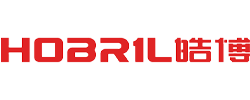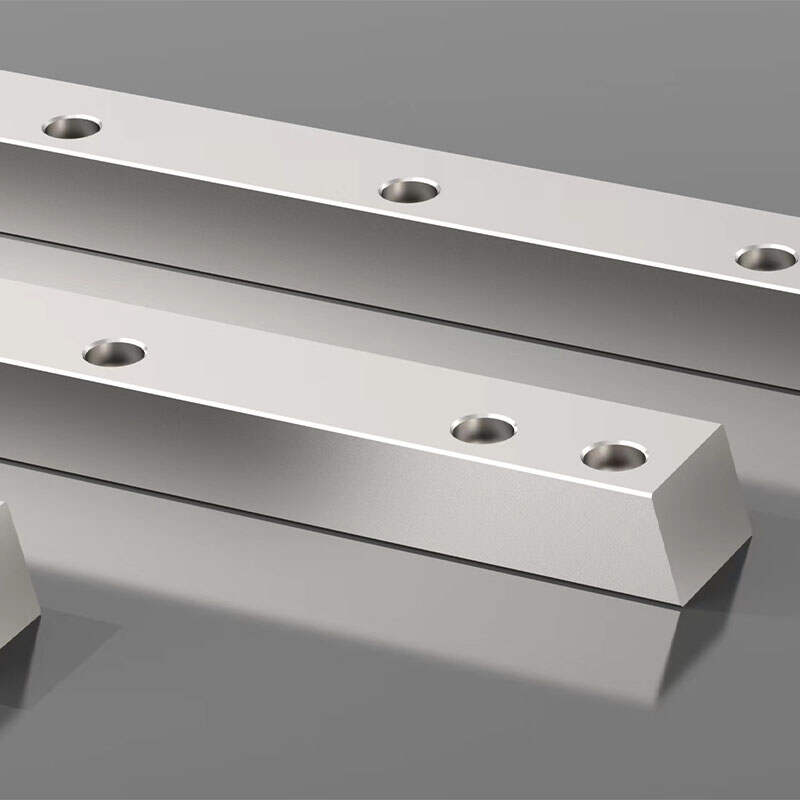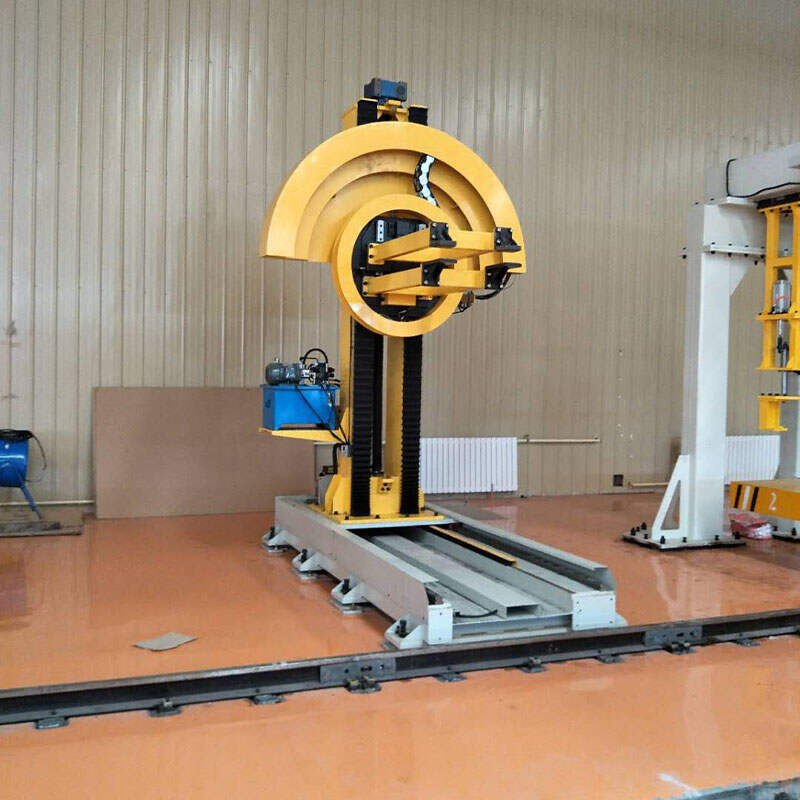Error de formato de correo electrónico
emailCannotEmpty
emailDoesExist
pwdLetterLimtTip
inconsistentPwd
pwdLetterLimtTip
inconsistentPwd

Partes importantes
Partes importantes
(4)The important parts of a Telescopic Fork System are crucial for its operation, durability, and efficiency. Each component plays a specific role in ensuring the system can extend, retract, and carry heavy loads safely. Below are the key parts of a telescopic fork system:
1. Forks (Fork Arms)
- Function: The main lifting component, used to carry or support materials.
- Features: Typically made from steel or high-strength alloys to withstand heavy loads. They are designed to extend and retract to adjust the reach and load capacity.
2. Telescopic Arm
- Function: The core structure of the system that allows the forks to extend and retract.
- Features: This arm consists of multiple segments that slide into each other. The strength and smooth movement of the telescopic arm are essential for the system's functionality.
3. Hydraulic System
- Function: Powers the movement of the telescopic arm (extend and retract).
- Features: This system includes a hydraulic cylinder, hoses, valves, and a pump. The hydraulic system provides the force necessary to extend or retract the forks based on operator commands.
4. Hydraulic Cylinder
- Function: A critical component of the hydraulic system that controls the extension and retraction of the telescopic forks.
- Features: A robust cylinder filled with hydraulic fluid that, when pressurized, forces the forks to extend. When the pressure is released, it retracts the forks.
5. Frame or Chassis
- Function: The main body or structure that supports the telescopic fork system.
- Features: Made of heavy-duty material (usually steel), the frame houses the telescopic arms, hydraulic cylinders, and other components. It ensures that the entire system is stable and secure during operation.
6. Extension Mechanism (Sliding or Telescopic Mechanism)
- Function: The mechanism that allows the forks to slide in and out, providing the desired length and reach.
- Features: This mechanism typically includes rails, sliding bushings, and locking pins that help extend or retract the forks smoothly.
7. Fork Attachment
- Function: This part connects the forks to the base of the system (e.g., forklift or telehandler).
- Features: Often adjustable, it allows the forks to be positioned at different angles or heights to handle different load sizes and types.
8. Control System
- Function: Allows the operator to control the movement and extension of the forks.
- Features: This can be a manual control system or a more advanced electronic control system. It often includes buttons, levers, or joysticks to operate the hydraulic system and adjust fork positions.
9. Safety Locks or Pins
- Function: To secure the fork in place and prevent accidental extension or retraction during non-operation.
- Features: These locks or pins engage and disengage to ensure the forks remain stable and safe when not in use or when lifted at maximum height.
10. Lift Cylinder
- Function: Lifts the entire system or forks vertically.
- Features: Located in the frame, it works in tandem with the hydraulic system to raise the fork arms or load to the desired height.
Guías lineales
Las guías lineales, también conocidas como rieles de guía, son componentes críticos de movimiento lineal en la automatización industrial, que proporcionan orientación suave y precisa para piezas móviles a lo largo de ejes horizontales o verticales. Estas guías lineales son esenciales para mantener la precisión y la estabilidad en varios equipos mecánicos, desde máquinas herramientas hasta sistemas automatizados y mecanismos de puertas correderas.
Estante
El bastidor, también conocido como bastidor de cambios, es un componente de control de movimiento lineal fundamental para convertir el movimiento de rotación en movimiento lineal dentro de los sistemas de automatización industrial. Conocido por su precisión, capacidad de carga y durabilidad, nuestros bastidores están diseñados para ofrecer posicionamiento de alta precisión esencial para diversas maquinarias y equipos automatizados.
Posicionador
El posicionador es un componente versátil en la automatización industrial, diseñado para manipular piezas de trabajo en diversas posiciones para procesos como soldadura, pintura e inspección. Mejora la flexibilidad y la eficiencia operativa a través de sus capacidades de movimiento de múltiples eje, integrando mecanismos de precisión como reductores de vehículos recreativos y servomotores para el posicionamiento de alta precisión.
Piñón
Los piñones son componentes esenciales en la automatización industrial, que sirven como columna vertebral para la transmisión de potencia mecánica y la conversión de movimiento. Nuestros piñones son ruedas dentadas con ingeniería de precisión diseñadas para convertir el movimiento de rotación, ajustar velocidades y pares, y proporcionar cambios direccionales precisos en varios sistemas automatizados.










